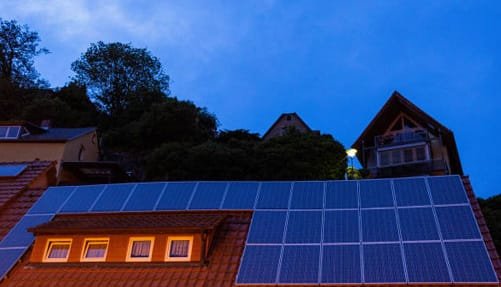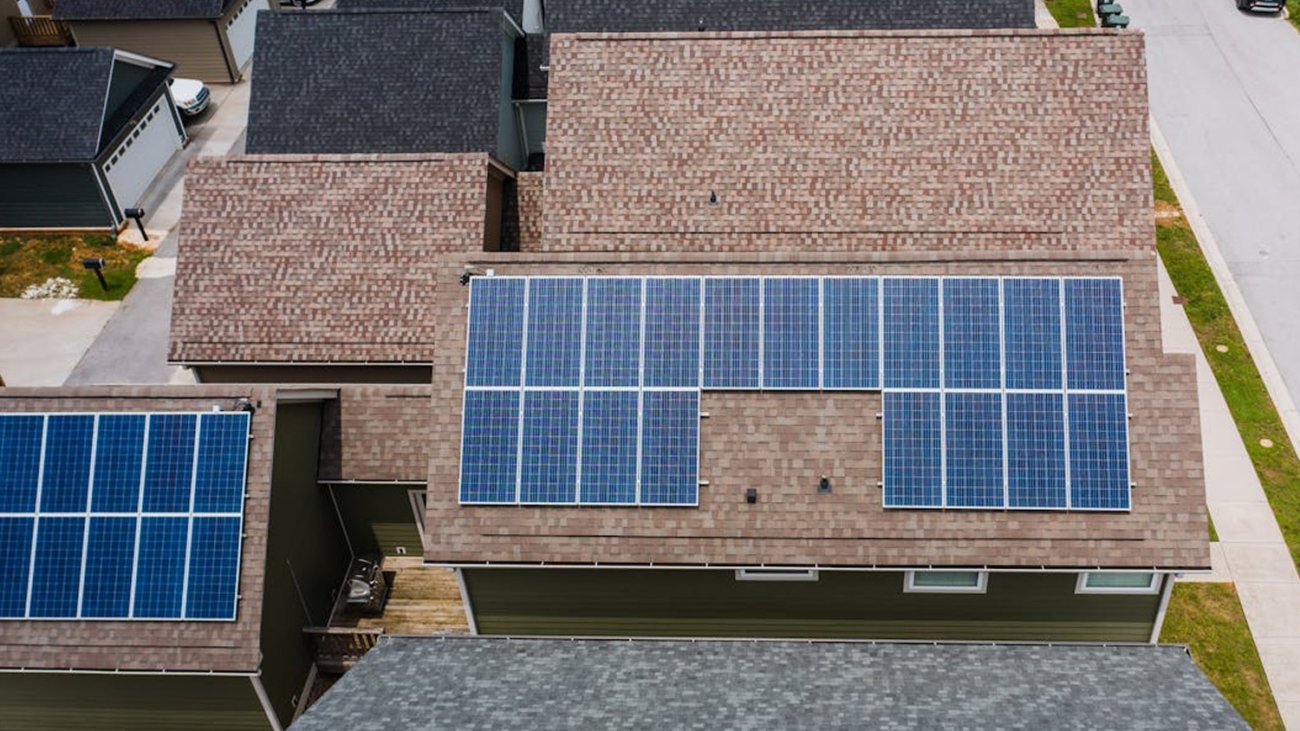With energy bills soaring and sustainability on everyone’s mind, U.K. homeowners are feeling the pinch—and the pressure—to upgrade their homes. But as many people are finding out, the path to an energy-efficient home isn’t always straightforward. From high costs to confusion around which improvements to prioritize, the retrofit journey can feel like a maze. Here’s a look at the challenges, the options, and the steps you can take to make your home greener, more comfortable, and less expensive to run.
Why Are Retrofitting Costs and Complexity a Barrier?
Imagine opening your energy bill only to feel your heart sink. For Simon Duffy, a homeowner in Sheffield, it’s a familiar story. “It’s madly expensive,” he says, estimating his yearly heating and electricity costs at around £3,100. Living in a traditional stone-walled home, Duffy knows his energy-hungry house could use upgrades.
The challenge? “The whole question of how to better insulate the house is a real mystery to me,” he admits. Even as a sustainability expert, Duffy needs help finding the right advice for his old, conservation-area property, where retrofitting options like solar panels may be impossible.
If you can relate, you’re not alone. The UK Green Building Council estimates that around 29 million homes will need retrofitting by 2050. The options are many—solar panels, heat pumps, insulation upgrades—but they’re also costly and complex, leaving homeowners wondering how to prioritize and where to start.
How Do Even Sustainability Experts Struggle with Retrofit Choices?

Amy Peace and her husband, sustainability professionals from northwest England, were all too familiar with the importance of going green. Yet, when they decided to upgrade their 1930s detached home, even they struggled to find clear answers on how to get the most out of their investment.
“Even though we’ve got this background, and we’re engineers as well, we weren’t entirely clear on where was best to spend the money,” explains Amy. They sought advice, but much of it was aimed at those with ambitions to meet Passivhaus standards—an ultra-energy-efficient building standard that can be prohibitively expensive. “There weren’t many in that pragmatic middle space where you are saying, ‘We’ve got this much money, where would we be best putting it?’”
Despite these hurdles, Amy and her husband eventually made it work, improving their home with insulation, a heat pump, and even an electric car charging point. Next on their list? Solar panels and a battery system to round out their eco-friendly setup.
Where Can Homeowners Find Better Retrofit Advice?
With so much conflicting information, more organizations are stepping up to help guide homeowners. One of them is Ecofurb, which provides personalized advice to homeowners on energy efficiency upgrades.
“We can model all the options that are available, suitable for your home and your budget, and identify a package of measures,” says Liz Lainé from Parity Projects, which runs Ecofurb. Homeowners can get an initial consultation for free, while detailed plans, including the services of a retrofit coordinator, start at £470. This coordination can help avoid common pitfalls and problems with contractors.
For homeowners interested in exploring heat pumps, the new Get a Heat Pump website, created by Nesta and The M.C.S. Foundation, explains the process and benefits. Other resources, like heat-loss surveys, help identify areas where homes are leaking heat—valuable information when choosing which retrofitting measures to tackle first.
What Role Are R.I.C.S. and MyHubb Playing in the Retrofit Arena?
Recognizing the need for professional standards, R.I.C.S. (the Royal Institution of Chartered Surveyors) recently introduced a retrofit standard for surveyors. This new guideline aims to make it easier for homeowners to connect with surveyors who can advise on retrofit projects. R.I.C.S. will soon provide a tool to help people find qualified professionals in their area.
“Improving the energy efficiency of homes is essential for decarbonization,” says Gerald Charles from the Centre for Sustainable Energy, emphasizing that good retrofit advice is often missing. “The industry doesn’t appreciate the importance of good retrofit advice,” underscoring the need for reliable, easy-to-find guidance.
James Major, C.E.O. of HubbPro, sees a similar gap when it comes to architects. His company provides architects with updated information on energy-saving technologies, which clients increasingly ask about when planning new homes or extensions. His initiative, MyHubb, offers architects detailed reports on the carbon-reduction potential and payback period of various retrofit measures. While these reports cost about £1,000, Major believes they’ll help architects make informed recommendations about heat pumps, solar panels, and more.
Could Community-Level Solutions Be the Key?
For Simon Duffy, the retrofit journey is still ongoing, but he suggests a better approach: neighbourhood-scale solutions. Rather than every homeowner going it alone, Duffy believes that community projects, such as solar installations serving entire streets, could make the retrofit process more accessible and affordable.
“That’s what I would think is the logical way of thinking about this,” he says, envisioning a collaborative approach that brings energy efficiency to entire communities.
The retrofit journey becomes less daunting as resources, technology, and advice improve. For homeowners looking to take the first step, now is an excellent time to explore the options and set their home on the path to a greener, more energy-efficient future.
Whether you’re struggling with high energy bills or are passionate about reducing your carbon footprint, navigating the retrofit process can feel overwhelming. However, with more organizations and resources emerging, homeowners have more support than ever in the journey toward sustainability.

